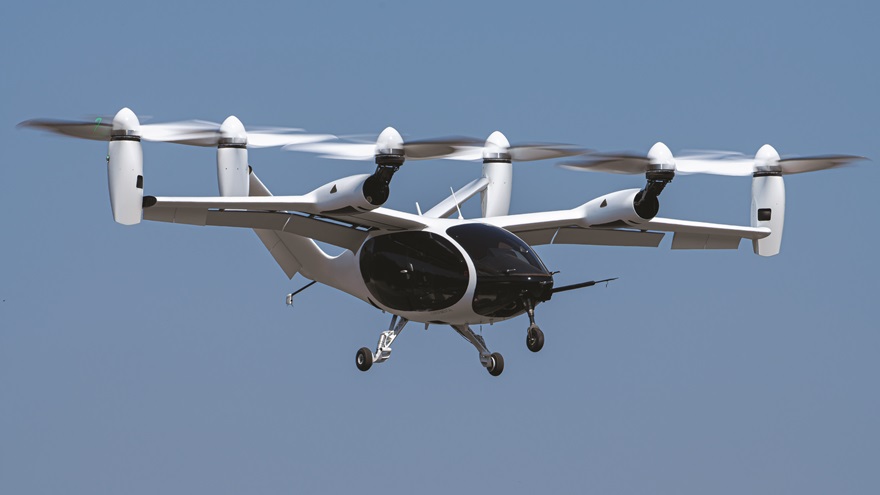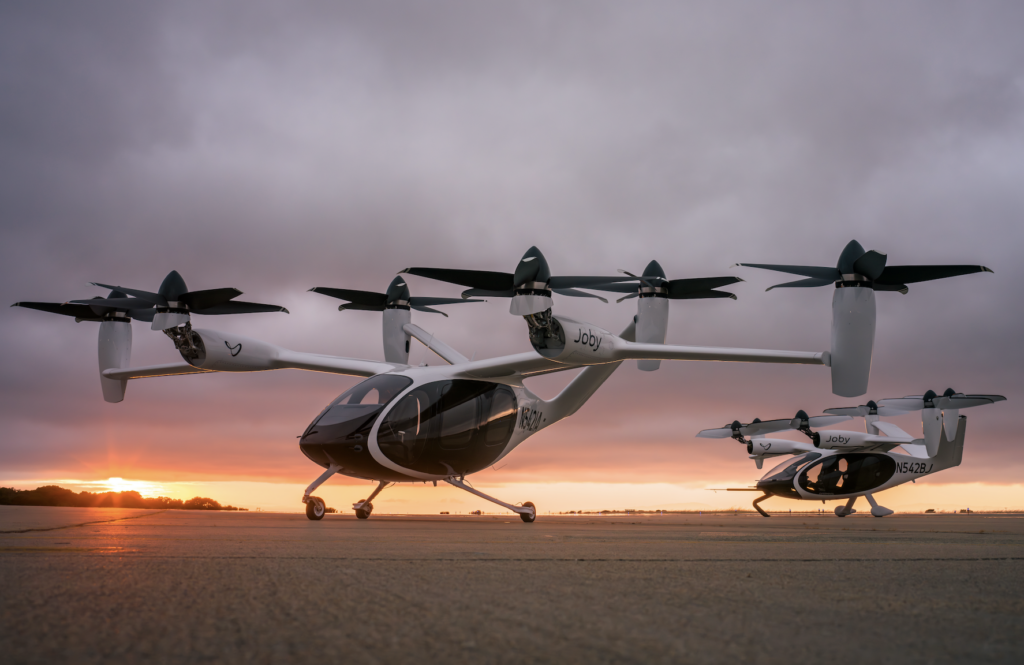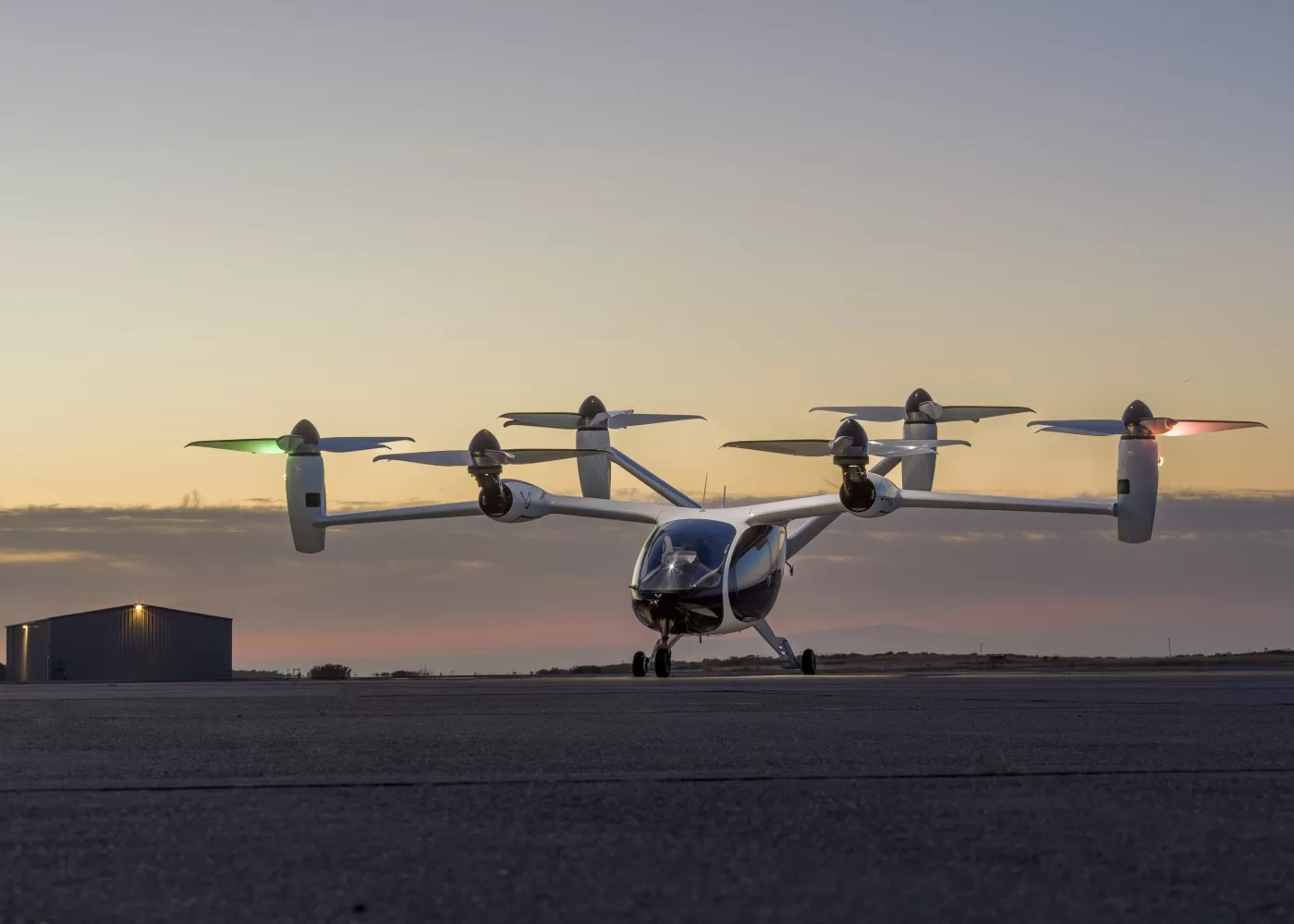Earlier this week, the FAA published the airworthiness criteria it is using for Joby’s JAS4-1 five-seat model to demonstrate how it intends to certify new eVTOL aircraft. The proposed rule published in the Federal Register on November 8 marks the first time the U.S. air safety regulator has shown the specifics of the type certification requirements for the new class of electric aircraft. The agency is seeking comments on its FAA-2021-0638 proposals by Dec. 8, 2022.
Using a single pilot and adhering to visual flight rules, Joby’s aircraft is intended to be operated under both commercial Part 135 and private Part 91 rules. Due to the delayed completion of the process, the basis for type certification was updated in June 2022 after the manufacturer applied for certification under 14 CFR 21.17 rules in November 2018.

To report on the third quarter, Joby sent shareholders a letter on November 2 stating that it expects to complete the second stage of type certification by the end of 2022. As the FAA is now expected to confirm its operational requirements for eVTOL aircraft in late 2024, the company anticipates the start of commercial air taxi operations to slip from 2024 into 2025. Even so, it is still possible that military operations could begin in 2024 for U.S. defense customers.
A new “special class” of powered lift aircraft will be governed by sections of the 14 CFR rules, according to an FAA submission.
To provide an equivalent level of safety to existing standards, the agency cherry picks requirements from Parts 23, 25, 27, 29, 31, 33, and 35. There was some concern among eVTOL aircraft developers earlier this year when the agency indicated it was taking a different approach to certification.

In the proposals, airworthiness criteria are redefined to account for eVTOL aircraft’s “unique capabilities and flight phases.” It is proposed, for example, that the FAA modify requirements for “continued safe flight and landing,” as well as a new definition of a “controlled emergency landing,” since not all new aircraft are expected to be able to glide or autorotate if propulsion fails.

The extensive FAA publication lays out significant details as to how it is treating eVTOL aircraft designs, including addressing new sources of lift that alternate between thrust-borne, semi-thrust-borne, and wing-borne during vertical takeoffs and landings. Also included are criteria for assessing powerplants, airframes, flight controls, and specific equipment such as cockpit voice and flight data recorders, as well as instructions for maintaining airworthiness.
During a “field day” event in October, Joby briefed stakeholders on its eVTOL aircraft development progress. A tour of the company’s Marina, California, campus, a flight simulator demonstration, and a tour of its manufacturing facilities were included in the event.



